How to Choose a Tennis String?
So you’ve found your perfect tennis racquet. Now what? If your racquet didn’t come pre-strung, it’s time to choose a string.

1. BENEFIT: What is the best tennis string for your playing style?
Just like various sizes and weights of tennis rackets create different playing experiences, different types of tennis strings produce different effects when you make contact with the ball. There are four key benefits to consider when deciding on the right string for you, those being power, control, comfort, and spin. Let’s do a tennis string comparison, going into detail on which benefits are best for certain players, and finally, which strings we recommend trying for each of these:
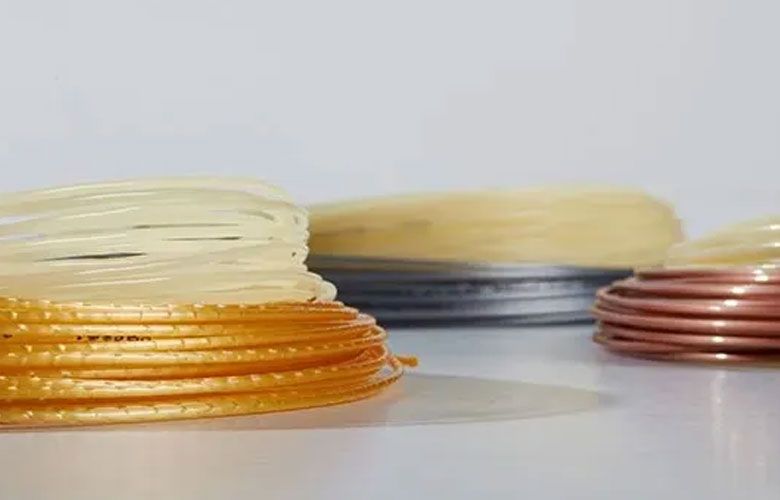
Power: How quickly the ball exits the string bed on contact
For who? Power strings are best for players just learning the game who haven’t yet learned how to generate their own power, as well as for junior players whose muscles have not fully developed.
Which strings? Power strings are typically made of either natural gut or nylon. The strings we’d recommend in this category are Wilson Synthetic Gut Power, Wilson NXT Power, or Luxilon Natural Gut.
Control: How long the ball sits on the string bed at contact, also known as “dwell time”
For who? Control strings are best for experienced players who can produce their own power and want to rely on their strings to help them control where the ball goes, making it easier to hit their spots.
Which strings? Control strings are typically made of polyester and in some cases nylon. The strings we’d recommend in this category are Luxilon ALU Power or Luxilon 4G and Wilson NXT Control as a control-oriented nylon option.
Comfort: How much shock/vibration you feel in your arm at contact
For who? Comfort strings are best for senior players who are more prone to arm injuries such as tennis elbow or for those that have experienced arm issues in the past.
Which strings? Comfort strings are made of flexible materials such as natural gut or nylon. We’d recommend Wilson Sensation, Wilson NXT, or Wilson Natural Gut.
Spin: How many rotations per minute the strings generate on the ball at contact
For who? Spin strings are best for competitive players looking to use spin to create a “heavy ball,” or a ball that bounces up high, making it difficult for opponents to attack.
Which strings? Spin strings are made of polyester and commonly feature different shapes and textures designed to enhance spin.
2. MATERIALS: Which types of strings, thicknesses, and combinations should you use?
When selecting tennis strings, understanding the different materials, thicknesses, and combinations is crucial to optimizing your performance on the court. Here’s a breakdown of the key considerations:
Tennis strings are made of natural gut, nylon (multifilament), or polyester (monofilament). Natural gut and nylon strings are best for beginner to intermediate players due to their power and comfort properties, while polyester is best for advanced players due to its stiffer, control-oriented properties.
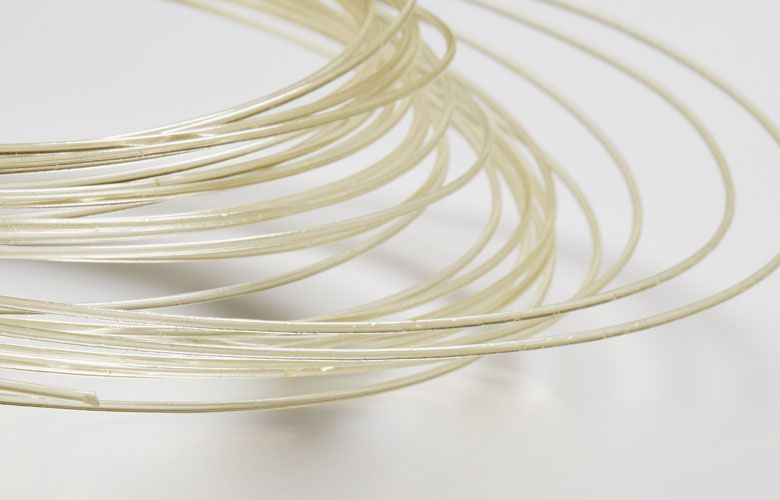
Types of Tennis Strings
Natural Gut: Made from the intestines of sheep, natural gut strings offer unmatched power, comfort, and elasticity. They are highly favored by players seeking superior feel and tension maintenance. However, they are also more expensive and less durable than other options.
Nylon (Multifilament): Comprised of many thin strands, multifilament nylon strings mimic the feel of natural gut, providing excellent power and comfort. They are suitable for beginner to intermediate players due to their forgiving nature and are typically more affordable than natural gut.
Polyester (Monofilament): Known for their durability and control, polyester strings are ideal for advanced players who generate their own power. They provide excellent spin potential and are often used for their stiff feel, which can lead to better ball placement.
Thickness (Gauge)
The thickness of tennis strings is measured in gauges, which can affect playability, durability, and comfort. Here are the common gauges and their characteristics:
- 15/1.40mm: The thickest gauge, ideal for advanced players needing maximum durability and control, especially those who break strings frequently.
- 16/1.30mm: A medium-thick option that balances power and durability, suitable for competitive players.
- 16L/1.28mm: A slightly thinner gauge found in many strings, offering a blend of power and control for competitive players.
- 17/1.25mm: This medium-thin gauge provides more power and comfort, making it great for beginner and intermediate players.
- 17L/1.20mm: A thin gauge that enhances touch and feel, appealing to players who value finesse.
- 18/1.15mm: The thinnest gauge available, designed for players seeking maximum touch and feel but may sacrifice durability.
Combinations: Full Bed vs. Hybrid
Full bed: Most players use the same string for both the mains (vertical) and crosses (horizontal) in their racquet. This setup provides a consistent feel and is straightforward to string.
Hybrid: This approach combines two different types of strings, allowing players to take advantage of the benefits of each. For instance, using a polyester string in the mains for control and spin, paired with a nylon string in the crosses for added comfort and power. Hybrids can be tailored to fit individual play styles and preferences, providing a customized experience.
3. PRICE POINT: How much do you want to spend on your strings?
With so many different types of strings out there, this may be the quickest way to identify which strings are best for you. Here are the two things to think about when it comes to string price point:
How much do you want to spend?A set of string can run anywhere from $4 to $40. While there is an option for any type of string benefit at every price point, remember that higher price points carry with them higher performance. As a rule-of-thumb, we would recommend beginners spend around $4 to $10 per set, intermediate players spend $10 to $20 per set, and advanced players spend $20 to $40 a set.
Should you buy sets or reels? A set of tennis string will string one racket, while a reel of tennis string will string 18 rackets. Reels are priced to save players money. Whether or not the value of buying a reel applies to you comes down to how often you play or how often you break strings. If you only play once a month, we’d recommend sticking with sets. However, if you play competitively and are breaking strings every week or two, we’d say go with a reel.
Budget Strings
Cost Range: $5–$15 per set
Materials: Typically, budget strings are synthetic gut or basic nylon monofilament strings. They might also include polyester or a simple nylon blend for added durability.
Performance: Budget strings offer basic playability with decent power and control, though they often lack the comfort and responsiveness of higher-end strings. They’re ideal for recreational play but can feel stiff or lose tension quickly.
Durability: These strings are usually built for durability rather than performance, so they can last a long time for casual play but may break more easily with harder-hitting or more frequent use.
Who Should Buy: Ideal for beginners, recreational players, or budget-conscious individuals who are learning the game and do not yet require performance-specific strings.
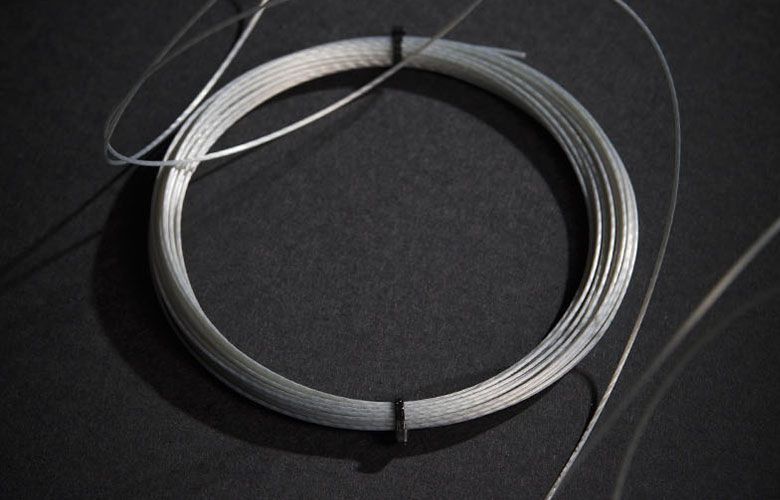
Mid-Range Strings
Cost Range: $15–$30 per set
Materials: Mid-range strings often feature higher-quality synthetic gut, multifilament nylon, or soft polyesters. Sometimes they are a hybrid of polyester and synthetic gut, combining durability with improved playability.
Performance: Mid-range strings provide a good balance of control, power, and comfort. Multifilament strings offer enhanced feel and cushioning, while softer polyesters improve control and spin. These strings maintain tension longer than budget options, enhancing consistency.
Durability: These strings strike a balance between durability and performance, lasting longer than budget strings but with a bit more playability than high-durability polyester options.
Who Should Buy: Intermediate players, regular recreational players, or advanced beginners looking to improve their control and feel without a significant investment.
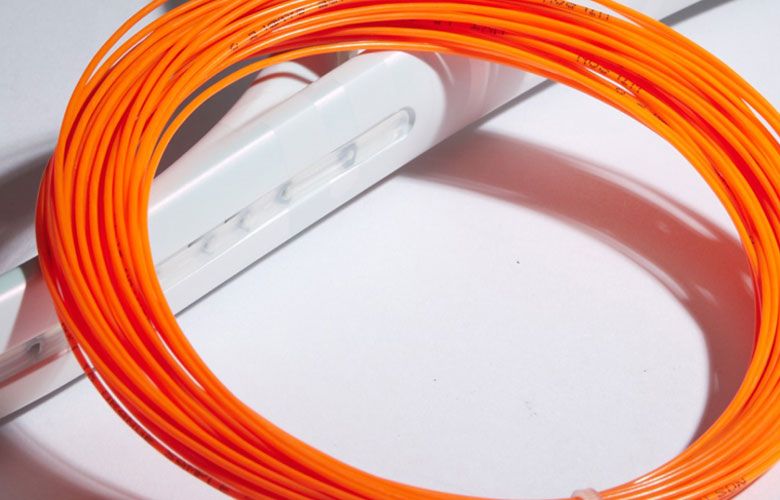
Premium Strings
Cost Range: $30–$50 per set
Materials: Premium strings often use advanced multifilament constructions for maximum feel and comfort, or high-quality polyester strings engineered for spin, control, and tension retention. They may also include materials like natural gut or co-polymers, which optimize performance and feel.
Performance: Premium strings offer a range of high-performance attributes tailored to specific needs. For example, natural gut strings provide exceptional feel and power, while high-end polyesters maximize spin and control for aggressive baseliners. These strings are known for tension stability and playability over time.
Durability: Natural gut strings are not particularly durable but offer unmatched comfort and playability. High-end polyester options, however, are both durable and performance-oriented, catering to frequent, high-level play.
Who Should Buy: Advanced players, regular tournament participants, or serious hobbyists who are looking for specific string attributes like added spin, power, or comfort.
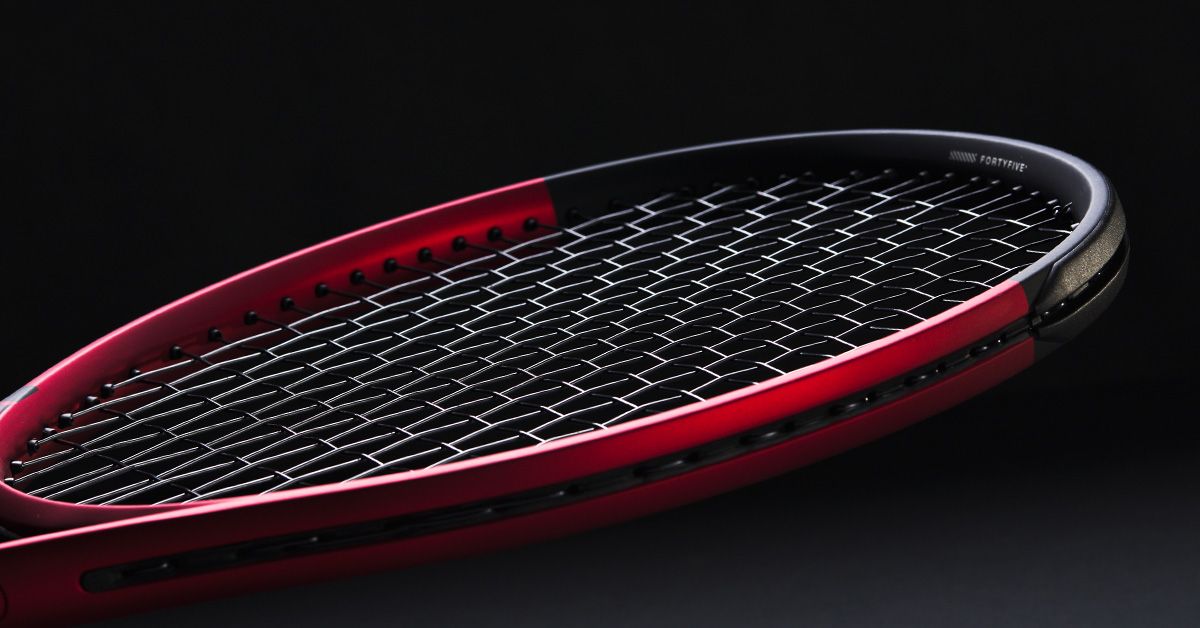
Luxury and Specialty Strings
Cost Range: $50+ per set
Materials: Luxury strings often use premium natural gut or high-tech materials like Kevlar or advanced co-poly blends, designed to enhance specific aspects like power, control, or durability.
Performance: Designed for maximum responsiveness, control, and tension stability, these strings offer a premium feel. Natural gut strings, for example, provide exceptional comfort and power, making them ideal for players with arm issues or those who prefer a luxurious, classic feel. Specialty strings often feature unique textures or coatings to enhance spin and increase arm comfort.
Durability: Some specialty strings, like Kevlar, are extremely durable and suited to players who break strings often. However, many luxury strings prioritize feel over durability, so string lifespan may vary based on play style.
Who Should Buy: Ideal for elite players, professionals, or dedicated enthusiasts seeking optimal feel and performance tailored to their play style. Specialty strings also serve players with specific needs like high spin capability or arm-friendly comfort.
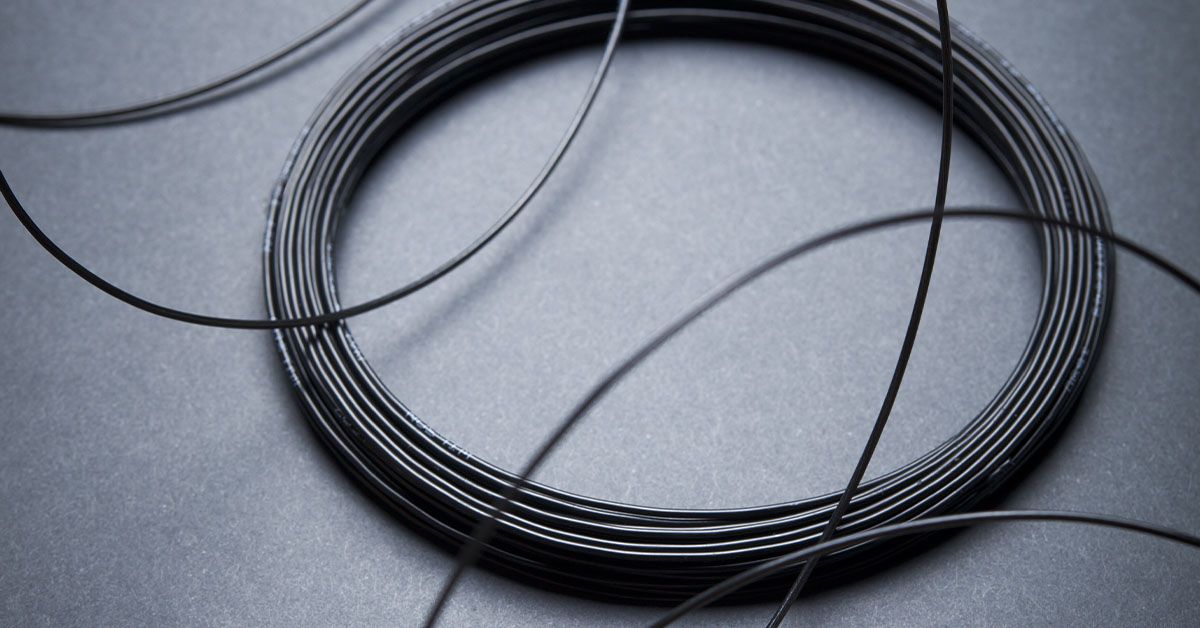
Final Considerations
Hybrid Stringing: Combining two types of strings (e.g., natural gut and polyester) is popular across price ranges and allows players to balance performance attributes, like comfort and spin, with durability.
Frequency of Play: Frequent players may find it worthwhile to invest in mid- or premium strings, as these provide better consistency and longevity. Casual players might prefer budget strings or lower-mid-range options to save on costs.
Playing Style and Needs: Power players may lean toward durable polyester options, while players with sensitive arms might choose softer multifilament or natural gut strings for comfort.
Spending more on tennis strings can certainly impact performance, but it’s essential to match string choice with your level and needs. Trying different strings, if possible, is the best way to find the right combination of cost and performance! Just as important as choosing the right string is knowing how often to restring. It actually depends much more on your ability than how often you play. Check out our guide on how often to re-string here.
We hope you found this information useful as you decide what is the best tennis string for you.
